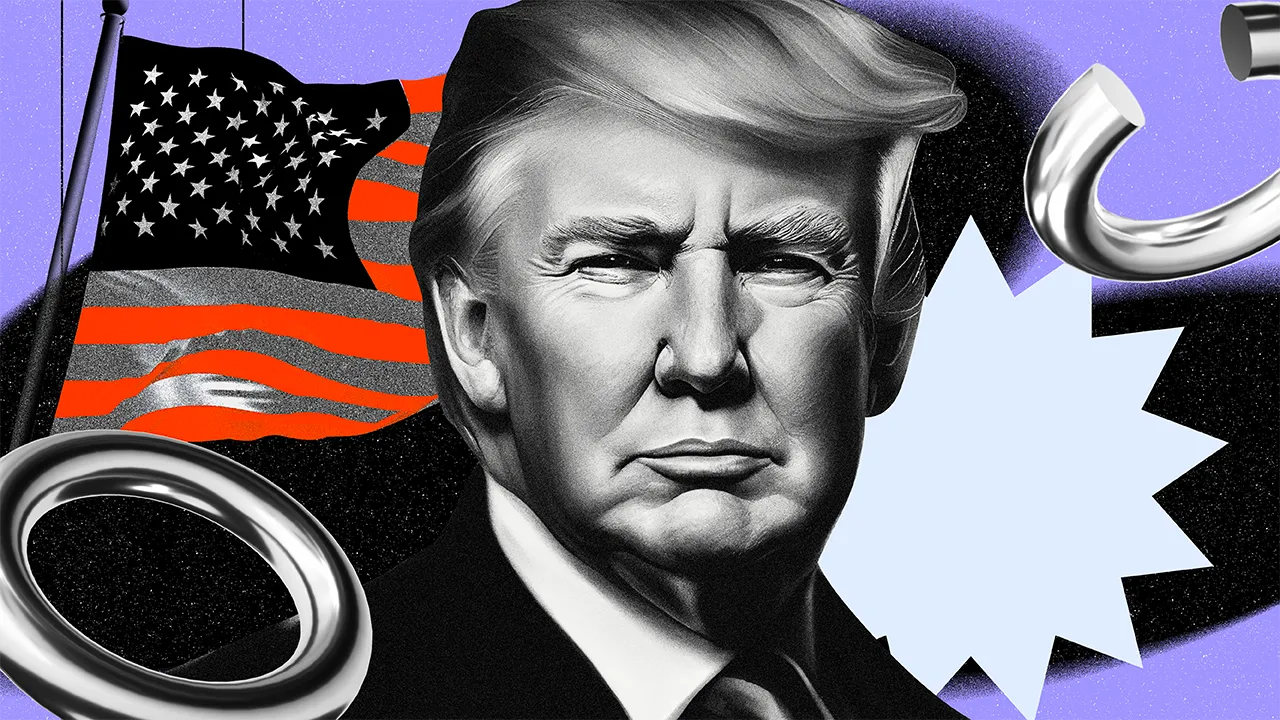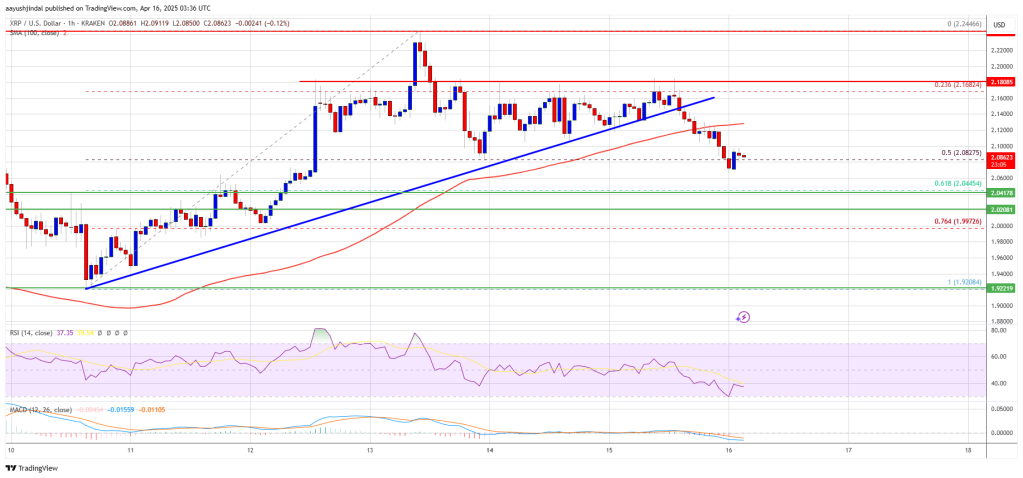Market
Arthur Hayes on Revitalizing ICOs and Decentralized Innovation


Arthur Hayes is calling for a return to the glory days of initial coin offerings (ICOs). His call comes amid a playing field that is increasingly dominated by venture capital (VC) gatekeepers and centralized exchanges (CEXs).
The BitMEX co-founder’s manifesto, “How to Make ICOs Great Again,” critiques the current state of crypto capital formation. He advocates for a decentralized, community-driven approach that prioritizes retail investors and revitalizes the industry’s speculative spirit.
The Industry’s Malaise
Hayes paints a grim picture of crypto’s growth, where once-vibrant grassroots movements have succumbed to the influence of centralized entities. He likens today’s project founders to patients afflicted with a “CEXually transmitted disease,” where the whims of exchanges and VCs dictate their decisions.
Hayes argues that crypto’s founders have forgotten its foundational ethos: decentralization, user empowerment, and wealth creation for retail participants.
“Why did we as an industry forget about the third pillar of crypto’s value proposition — making retail rich?” Hayes quipped.
He points to the dismal performance of VC-backed tokens in recent years. He argues that these projects often debut with inflated, fully diluted valuations (FDVs) and low circulating supplies. However, they alienate retail investors by prioritizing institutional interests. As BeInCrypto reported, projects like Hamster Kombat turn down VC support for this reason.
Nevertheless, Hayes attributes crypto’s meteoric rise to three key factors:
- Government Capture: Decentralization serves as an antidote to the concentration of power by governments and large corporations. It offers a system free from traditional gatekeepers.
- Magical Technology: Blockchain technologies like Bitcoin’s resilience and potential have proven their value as revolutionary monetary systems.
- Greed: The lure of significant financial returns has driven adoption. Retail investors seeking life-changing gains are often overlooked in traditional finance.
To illustrate the divide, Hayes contrasts the egalitarian nature of meme coins with the exclusivity of VC-backed projects. Meme coins, he says, rely on “memetic content virality,” allowing retail participants to gamble on speculative assets without gatekeeping.
Conversely, VC coins are burdened by inflated valuations. A closed ecosystem of elite institutions and investors with little regard for the retail market perpetuates them.
“Retail would rather roll the dice on a $1 million market cap meme coin than a $1 billion FDV project backed by the most ‘esteemed’ cohort of VCs,” Hayes explained.
The Case for ICOs
Hayes sees ICOs as the antidote to the industry’s malaise. In their purest form, ICOs empower teams from diverse backgrounds to raise funds directly from the community without intermediaries. This model embodies decentralization, enabling innovation while giving retail investors access to early-stage opportunities.
Drawing lessons from the 2017 ICO boom, Hayes highlights two intrinsic value drivers:
- Memetic Value: Projects that resonate with the zeitgeist can attract users and build a strong community.
- Potential Technology: ICOs fund teams to create groundbreaking technologies addressing global challenges, often before a single line of code is written.
While acknowledging that many ICOs failed spectacularly, Hayes argues this speculative nature is a feature, not a bug. It allows retail investors to dream big and aim for transformative gains. Against this backdrop, Hayes outlines a roadmap for revitalizing ICOs and making them great again.
- Faster Token Issuance: New frameworks and liquid decentralized exchanges (DEXs) allow teams to distribute tokens within days, enabling immediate trading and price discovery.
- Improved Infrastructure: Advances in blockchain scalability and reduced transaction costs, particularly on chains like Aptos (APT) and Solana (SOL), make ICOs more accessible.
- Enhanced User Experience: Non-custodial wallets and streamlined platforms lower barriers to entry, ensuring broader participation.
- CEX Independence: By bypassing centralized platforms, ICOs eliminate gatekeeping, giving power back to the community.
Further, Hayes cautions investors to avoid the traps of the current system, urging the crypto community to embrace the speculative, democratized nature of ICOs, which offer a chance for life-changing financial returns without the constraints of traditional finance.
“Just say no to VC-backed high FDV, low float projects, and overvalued tokens on CEXs,” he noted.
As the crypto market enters a potential new bull cycle, Hayes predicts a resurgence of ICOs driven by an engaged, risk-tolerant community. Platforms like Pump.fun and Spot.dog exemplify the shift towards decentralized, retail-focused capital formation.
With these tools, Hayes envisions a future where crypto once again empowers individuals to take audacious bets and reap the rewards of decentralized innovation.
“Let’s return to the spirit of crypto’s early days. It’s time to make ICOs great again,” Hayes concluded.
Disclaimer
In adherence to the Trust Project guidelines, BeInCrypto is committed to unbiased, transparent reporting. This news article aims to provide accurate, timely information. However, readers are advised to verify facts independently and consult with a professional before making any decisions based on this content. Please note that our Terms and Conditions, Privacy Policy, and Disclaimers have been updated.
Market
Arbitrum RWA Market Soars – But ARB Still Struggles

The total value of real-world assets (RWAs) on the Arbitrum network has surged over 1,000-fold since the start of 2024.
From a modest $100,000 to $200,000 in early January last year, Arbitrum now hosts more than $200 million in tokenized RWAs. This reflects one of the most explosive growth trajectories in decentralized finance (DeFi) this year.
RWA Total Value on Arbitrum Increases 1,000X
This exponential expansion is largely attributed to Arbitrum DAO’s Stable Treasury Endowment Program (STEP), which is currently in its 2.0 phase. The program allocated 85 million ARB tokens to support stable, liquid, yield-generating RWAs.
“The DAO just approved 35M ARB for RWAs via STEP 2.0. This brings the total RWA investments from the DAO treasury to 85M ARB, one of the largest DAO-led RWA allocations in Web3,” Arbitrum said in February.
The strategy aims to reduce the DAO’s exposure to volatile native crypto assets and help build a more resilient treasury, and it appears to be yielding results.

US Treasuries dominate Arbitrum’s RWA ecosystem, making up 97% of the sector. Franklin Templeton’s BENJI leads the pack, which holds a 36% market share, followed by SPIKO’s European treasuries, accounting for 18%.
This diversification beyond US-centric instruments is a healthy sign for global institutional engagement with Arbitrum.
“The eco welcomes global diversification beyond US instruments,” The Learning Pill remarked.
New entrants like Dinari have also added to the ecosystem’s momentum, offering tokenized versions of traditional securities. These include stocks, ETFs (exchange-traded funds), and REITs via its dShares platform.
More than 18 tokenized RWA products live on Arbitrum, covering various asset classes from bonds to real estate. Arbitrum itself highlighted this institutional influx on X (Twitter)
“RWA and Stablecoin adoption on Arbitrum has been monumental! Some of the largest institutions are bringing their tokenized assets to the land of liquidity with $4.7 billion in Stablecoins and over $214 million in RWAs already onchain,” the network stated.
Teams like Securitize, DigiFT, and SPIKO are tokenizing everything from sovereign debt to real estate portfolios, signaling the early formation of a new financial substrate.
Yet, despite the strong ecosystem development, ARB, the network’s native token, is down 88% from its all-time high.

Further downside pressure looms, with a 92.63 million ARB token unlock imminent. With only 46% of the total supply currently in circulation, concerns about dilution and lack of direct token accrual from RWA growth remain key market overhangs.

Tokenized RWA Cross $11 Billion, Ethereum Dominates Onchain Finance Frontier
Beyond Arbitrum, the broader real-world asset sector has quietly become one of the most significant trends in crypto, even if it does not dominate headlines.
According to DeFiLlama, on-chain RWAs have surpassed $11.169 billion in total value locked, up 2.5X over the past year.

Tokenized US Treasuries and tokenized gold are the engines behind this boom. BlackRock’s BUIDL fund now holds over $2.38 billion in tokenized Treasuries alone. Meanwhile, blockchain-based gold assets, driven by both market demand and rising metal prices, have crossed $1.2 billion, according to a recent BeInCrypto report.
Ethereum remains in the frontline, hosting approximately 80% of all on-chain RWAs. As TradFi giants seek programmable exposure to dollar yields and real assets, Ethereum offers the infrastructure and liquidity needed to bridge capital markets with blockchain rails.
“The top RWA protocols aren’t chasing crypto narratives. They are offering something TradFi understands: yield, dollar exposure, and gold. This is not the future of DeFi. It’s the future of finance,” DeFi analyst Patrick Scott observed.
Builders point out that adoption is already deeply embedded in on-chain-native applications like Pendle, Morpho, Frax, and various automated market makers (AMMs) and staking layers. The “real yield” thesis has arrived, coded into the new financial system’s base layer.
“The TradFi narrative is nice, but the adoption so far is on-chain-native,” DeFi builder Artem Tolkachev noted.
While flashy DeFi experiments often mimic casinos, RWAs show that slow, stable, and scalable wins the race.
The next frontier lies in improving access, liquidity, and incentives, particularly on non-Ethereum chains like Arbitrum, where the technical groundwork is strong, but market confidence remains in flux.
Tokenized RWAs may not be the loudest narrative in crypto, but they are becoming its most consequential.
“Onchain RWAs are quietly becoming the backbone of future finance, not hype, just real value TradFi gets: yield, dollars, and gold,” Validatus.com quipped.
Disclaimer
In adherence to the Trust Project guidelines, BeInCrypto is committed to unbiased, transparent reporting. This news article aims to provide accurate, timely information. However, readers are advised to verify facts independently and consult with a professional before making any decisions based on this content. Please note that our Terms and Conditions, Privacy Policy, and Disclaimers have been updated.
Market
XRP Price Pulls Back: Healthy Correction or Start of a Fresh Downtrend?
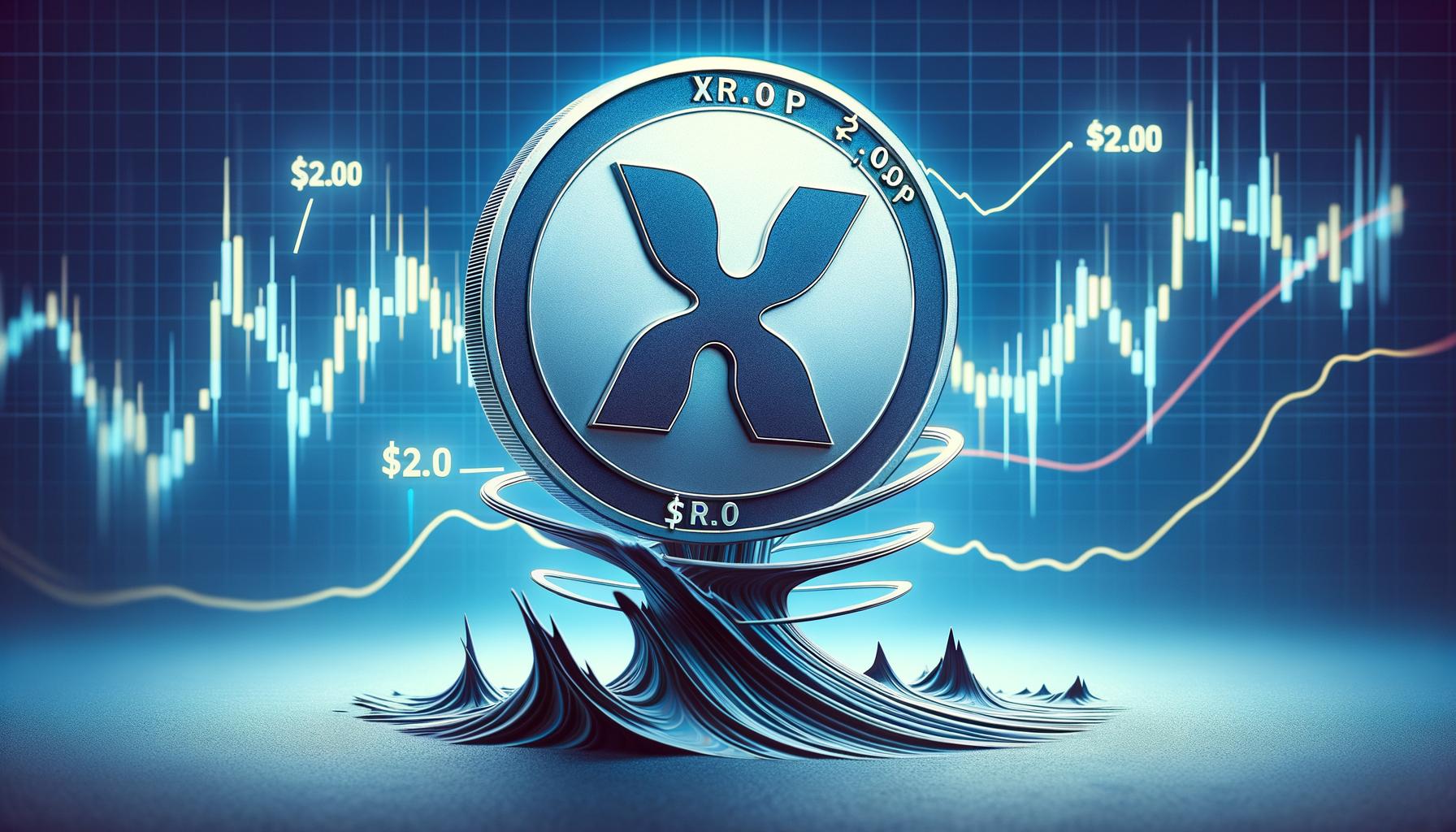
XRP price started a fresh increase above the $2.20 resistance. The price is now correcting gains and might find bids near the $2.050 zone.
- XRP price started a downside correction from the $2.250 resistance zone.
- The price is now trading below $2.120 and the 100-hourly Simple Moving Average.
- There was a break below a connecting bullish trend line with support at $2.140 on the hourly chart of the XRP/USD pair (data source from Kraken).
- The pair might extend losses if there is a close below the $2.050 support zone.
XRP Price Dips Again
XRP price started a fresh increase above the $1.980 resistance, like Bitcoin and Ethereum. The price climbed above the $2.020 and $2.050 resistance levels.
A high was formed at $2.244 and the price recently started a downside correction. There was a move below the $2.120 support zone. Besides, there was a break below a connecting bullish trend line with support at $2.140 on the hourly chart of the XRP/USD pair.
The price even spiked below the 50% Fib retracement level of the upward move from the $1.920 swing low to the $2.244 high. The price is now trading below $2.120 and the 100-hourly Simple Moving Average.
On the upside, the price might face resistance near the $2.120 level. The first major resistance is near the $2.180 level. The next resistance is $2.20. A clear move above the $2.20 resistance might send the price toward the $2.250 resistance. Any more gains might send the price toward the $2.320 resistance or even $2.350 in the near term. The next major hurdle for the bulls might be $2.50.
Another Decline?
If XRP fails to clear the $2.120 resistance zone, it could start another decline. Initial support on the downside is near the $2.050 level and the 61.8% Fib retracement level of the upward move from the $1.920 swing low to the $2.244 high. The next major support is near the $2.00 level.
If there is a downside break and a close below the $2.00 level, the price might continue to decline toward the $1.920 support. The next major support sits near the $1.840 zone.
Technical Indicators
Hourly MACD – The MACD for XRP/USD is now gaining pace in the bearish zone.
Hourly RSI (Relative Strength Index) – The RSI for XRP/USD is now below the 50 level.
Major Support Levels – $2.050 and $2.00.
Major Resistance Levels – $2.120 and $2.180.
Market
Ethereum Leads Q1 2025 DApp Fees With $1.02 Billion
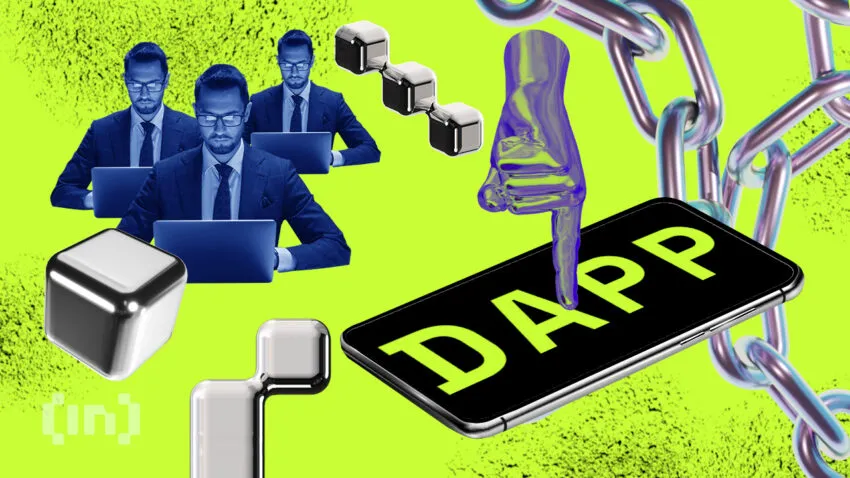
In Q1 2025, Ethereum solidified its leading position in the decentralized application (DApp) platform sector, generating $1.021 billion in fee revenue.
Other networks such as Base (Coinbase’s Layer-2), BNB Chain, Arbitrum, and Avalanche C-Chain also recorded significant revenue but lagged far behind Ethereum.
Fee Revenue Landscape Among Blockchains
According to Token Terminal, Ethereum maintained its top position among DApp platforms, with DApp fee revenue reaching $1.021 billion in Q1 2025. This figure highlights Ethereum’s dominance and strong growth within the DApp ecosystem.

Base, a Coinbase Layer-2 network, ranked second with $193 million in DApp fee revenue, showing notable growth but still trailing Ethereum. BNB Chain followed in third with $170 million, Arbitrum with $73.8 million, and Avalanche C-Chain in fifth with $27.68 million.
DApp fee revenue is a key metric for measuring a blockchain’s activity and user value. On Ethereum, popular DApps include DeFi protocols like Uniswap and Aave, NFT platforms like OpenSea, blockchain games, and social applications. The growth in Ethereum’s DApp fee revenue indicates sustained high demand for these applications despite competition from other networks and often high transaction costs (gas fees) on the mainnet.

Why Ethereum Leads
Several factors explain Ethereum’s continued leadership in DApp fee revenue. Firstly, Ethereum was the first blockchain to support smart contracts, laying the foundation for its DApp ecosystem. According to DappRadar data, Ethereum remains the blockchain with the largest DApps, hosting over 4,983 active DApps, below the BNB Chain.
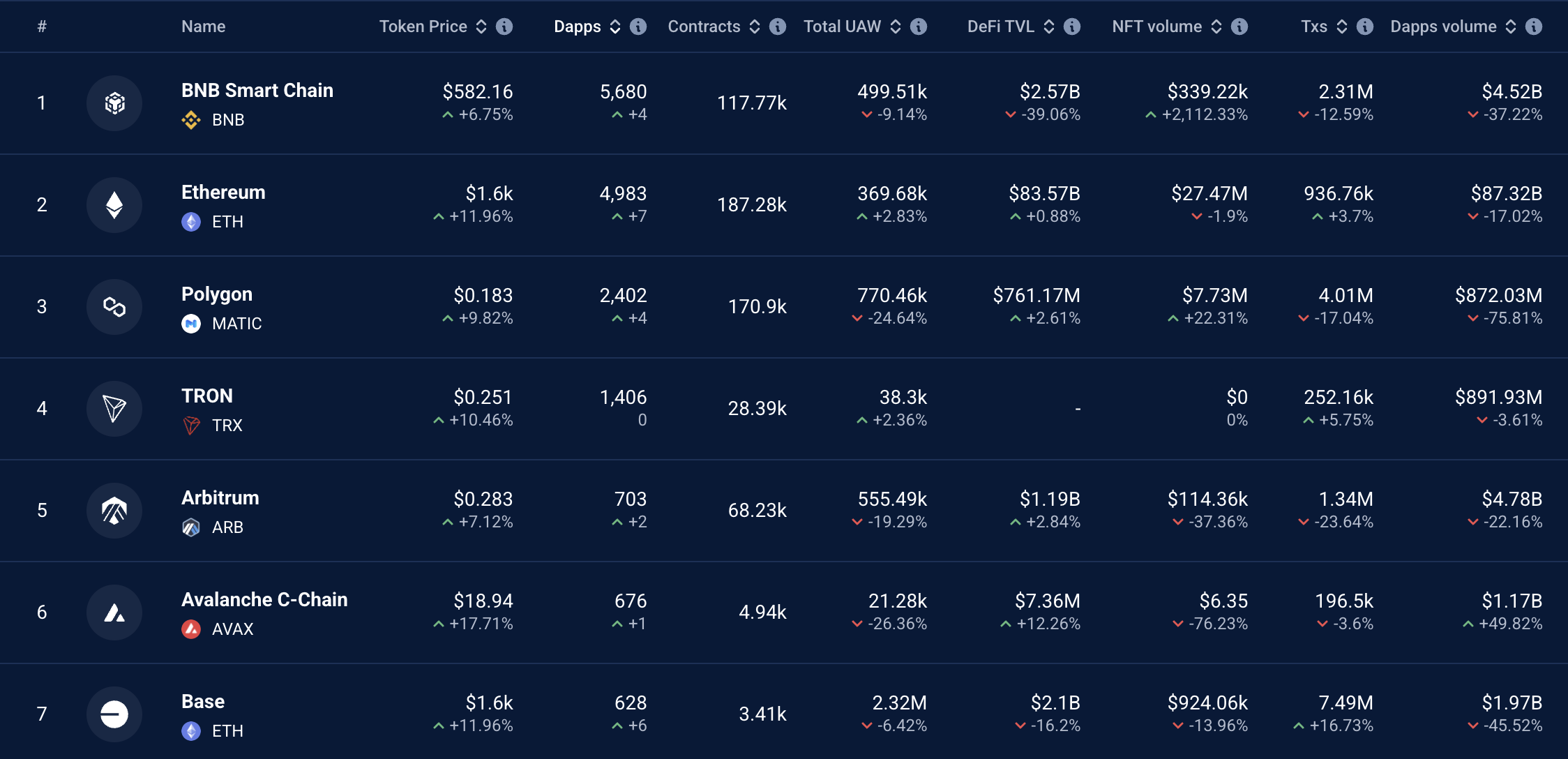
Second, Ethereum’s high security and reliability make it the preferred choice for developers and users. Despite high mainnet transaction costs, Ethereum has improved performance through upgrades like Dencun (implemented in 2024), which reduced costs on Layer-2 networks and enhanced scalability.
Third, Ethereum’s DeFi ecosystem remains a primary driver of fee revenue. According to DefiLlama, the Total Value Locked (TVL) in Ethereum’s DeFi protocols reached $46 billion, representing 51% of the total TVL in the DeFi market.

While Ethereum leads, other networks are also showing significant growth. According to Token Terminal, Base, Coinbase’s Layer-2, generated $193 million in DApp fee revenue, a 45% increase from Q4 2024.
BNB Chain, with $170 million, remains a strong competitor due to low costs and a diverse DApp ecosystem, including platforms like PancakeSwap. Arbitrum, another Ethereum Layer-2, recorded $73.8 million, driven by the expansion of DeFi and blockchain gaming DApps. With $27.68 million, Avalanche C-Chain excels in finance and NFTs but cannot match Ethereum’s scale.
Disclaimer
In adherence to the Trust Project guidelines, BeInCrypto is committed to unbiased, transparent reporting. This news article aims to provide accurate, timely information. However, readers are advised to verify facts independently and consult with a professional before making any decisions based on this content. Please note that our Terms and Conditions, Privacy Policy, and Disclaimers have been updated.
-

 Market21 hours ago
Market21 hours agoCan Pi Network Avoid a Similar Fate?
-

 Bitcoin22 hours ago
Bitcoin22 hours agoBitcoin Poised for Summer Rally as Gold Leads and Liquidity Peaks
-

 Altcoin21 hours ago
Altcoin21 hours agoBinance Delists This Crypto Causing 40% Price Crash, Here’s All
-

 Market20 hours ago
Market20 hours agoEthereum Price Consolidation Hints at Strength—Is a Move Higher Coming?
-

 Market23 hours ago
Market23 hours agoCardano Buyers Eye $0.70 as ADA Rallies 10%
-

 Altcoin16 hours ago
Altcoin16 hours agoWhispers Of Insider Selling As Mantra DAO Relocates Nearly $27 Million In OM To Binance
-
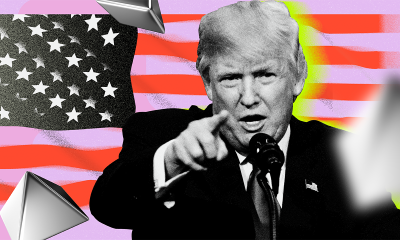
 Market15 hours ago
Market15 hours agoTrump Family Plans Crypto Game Inspired by Monopoly
-

 Bitcoin20 hours ago
Bitcoin20 hours agoBolivia Reverses Crypto-for-Fuel Plan Amid Energy Crisis









